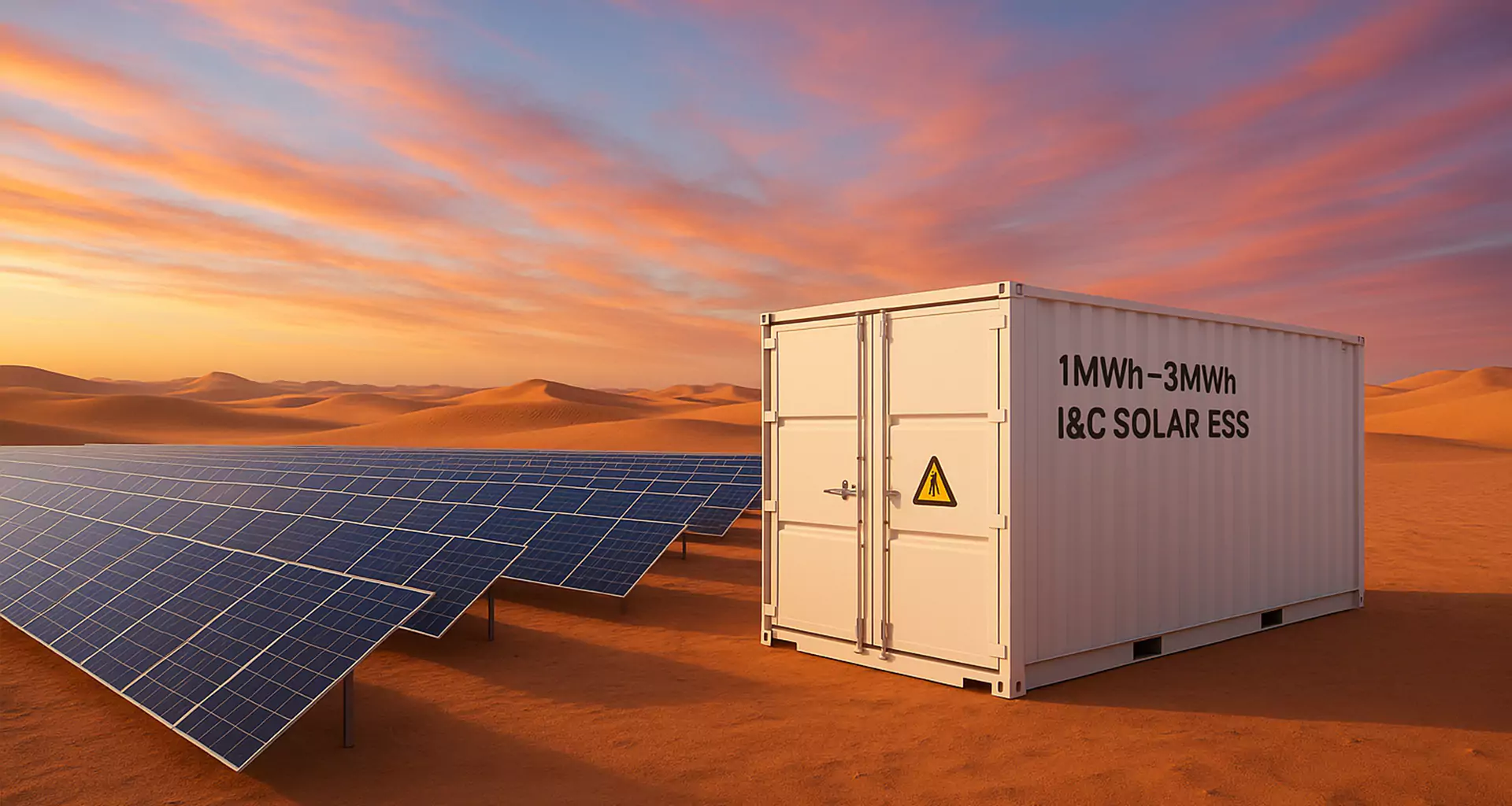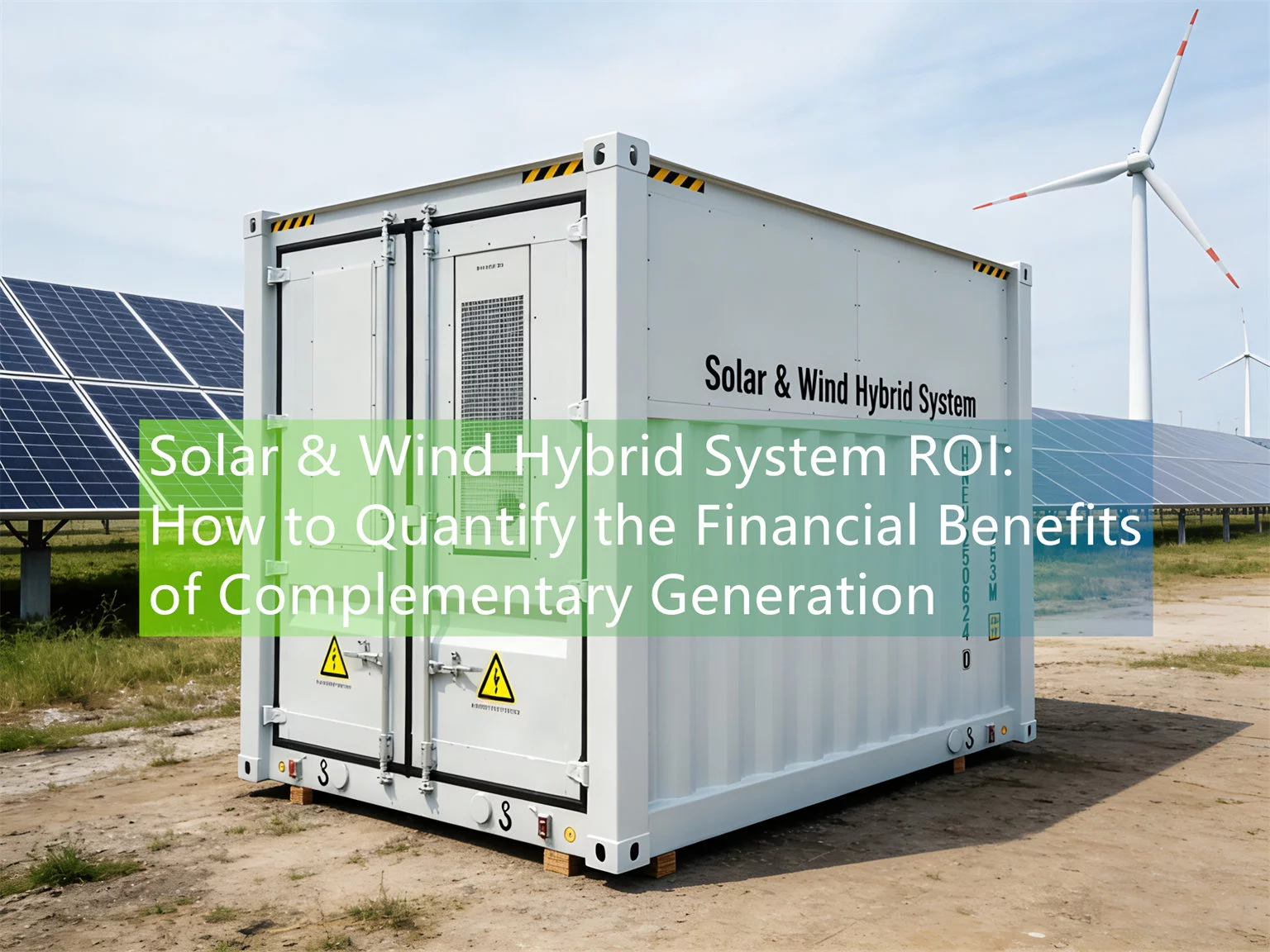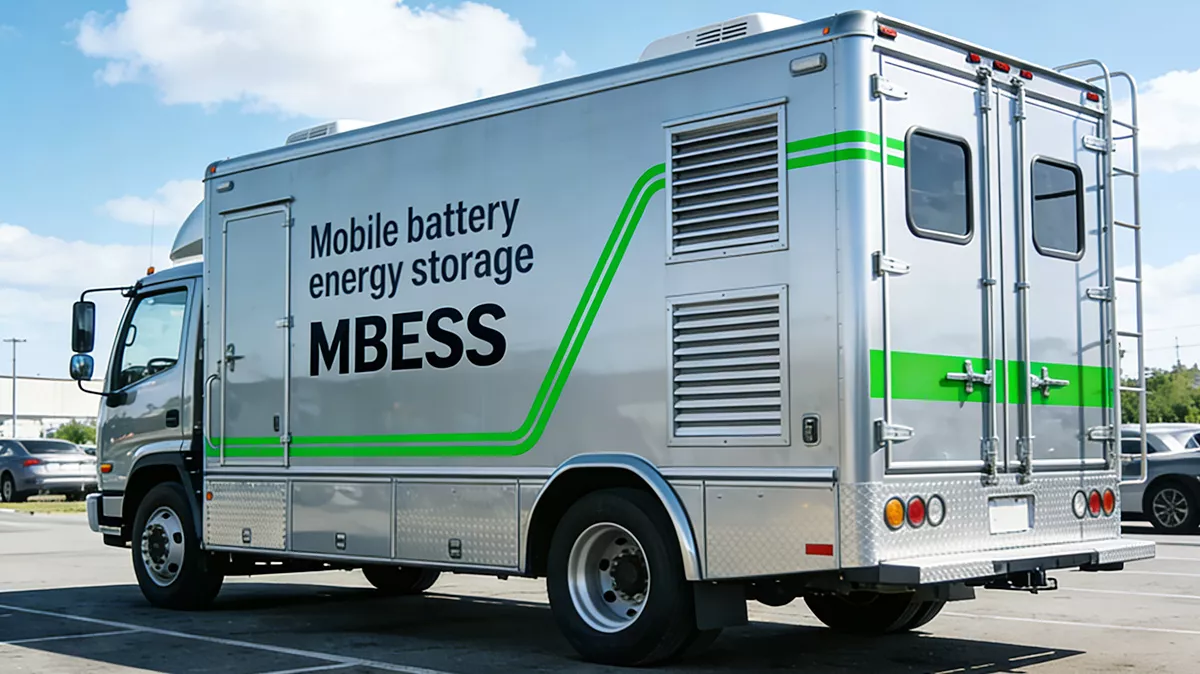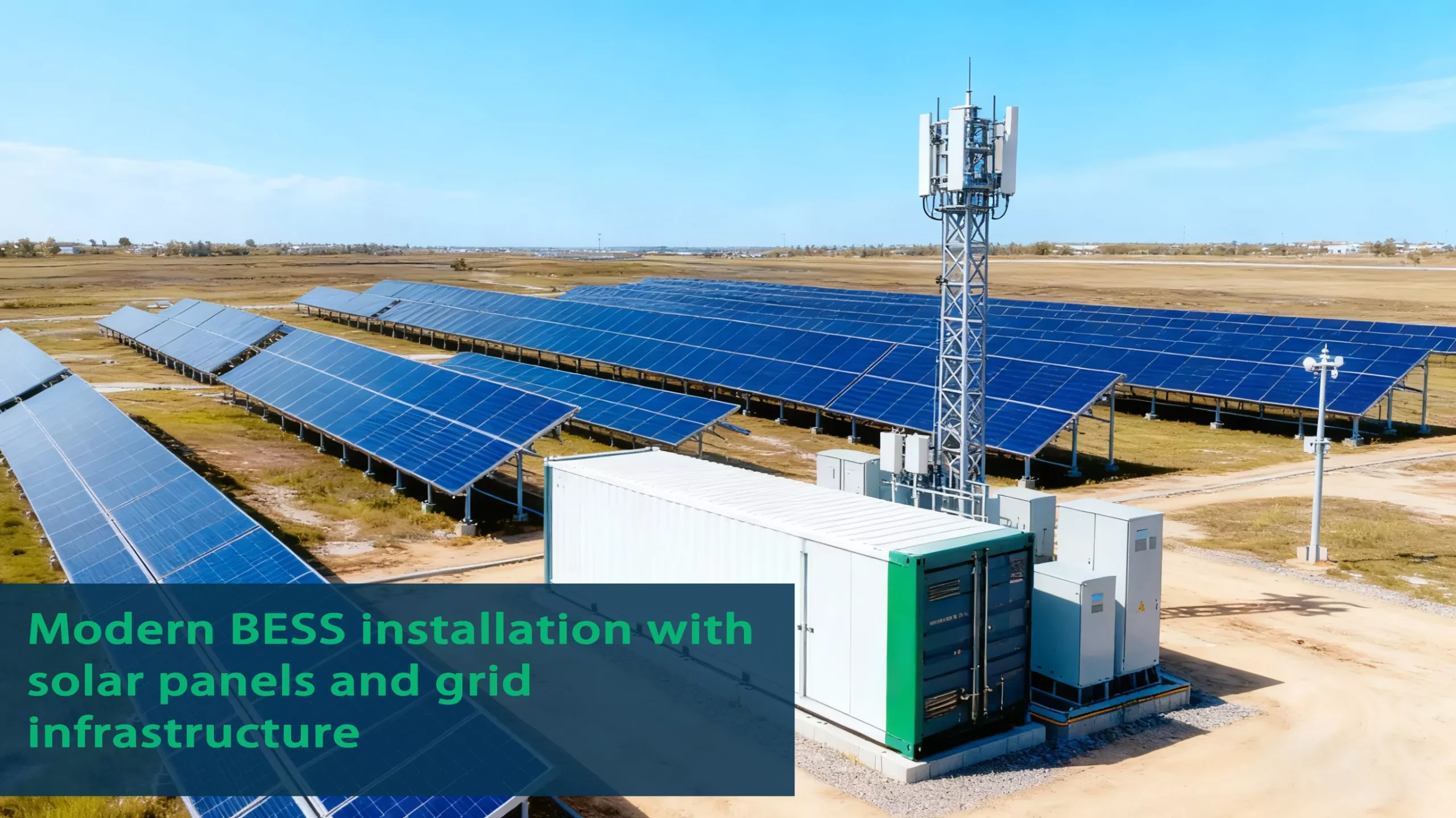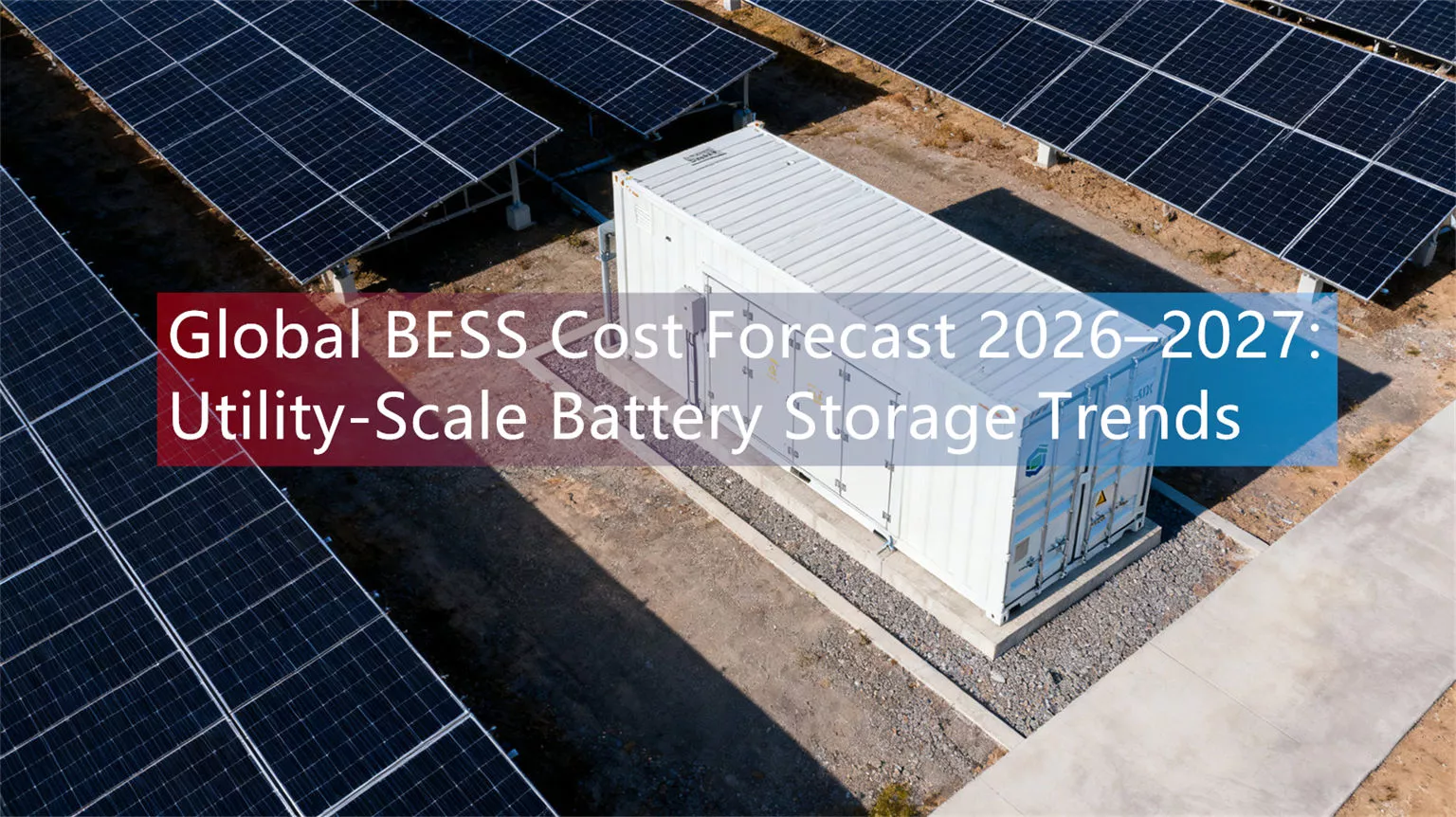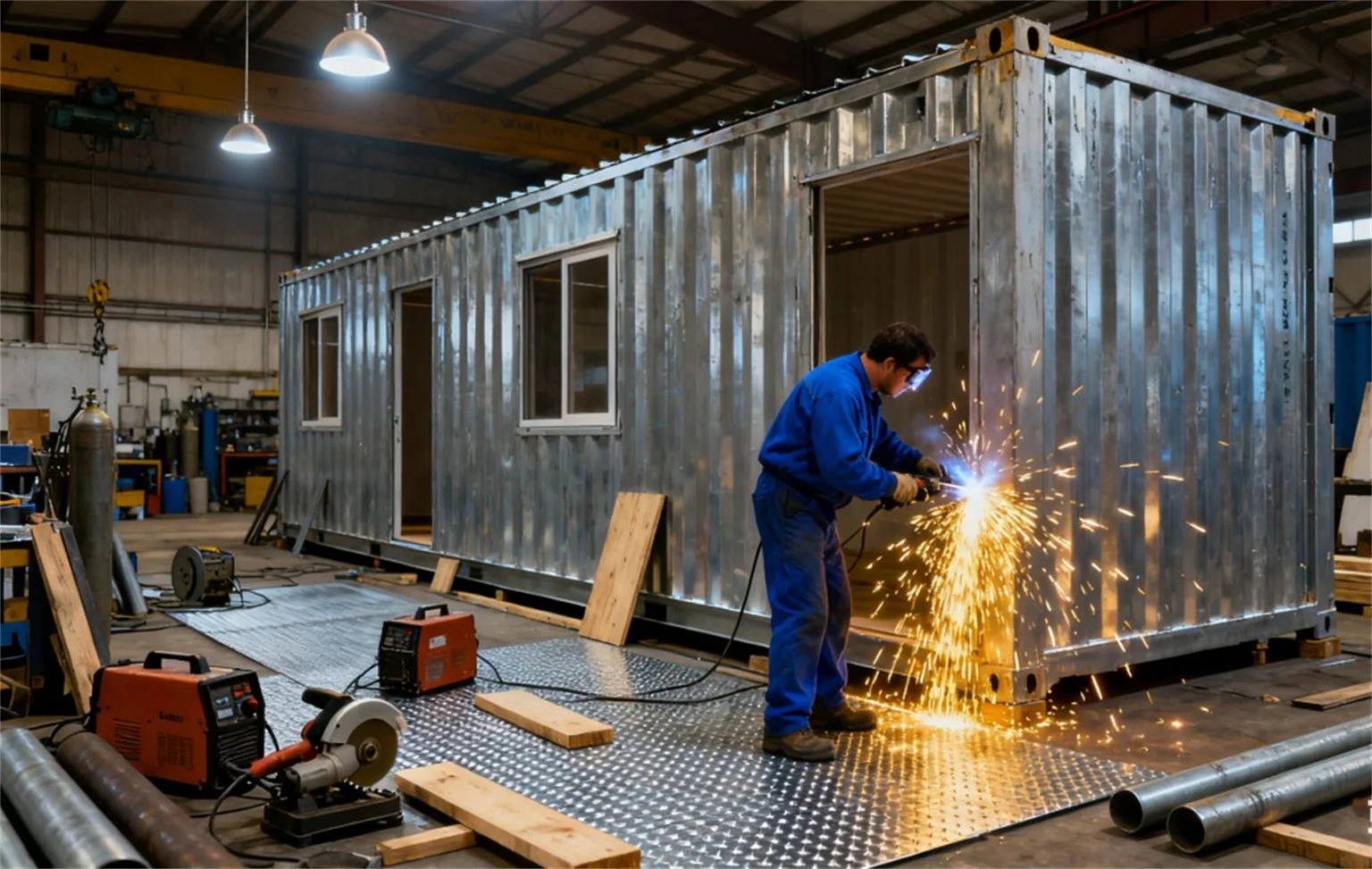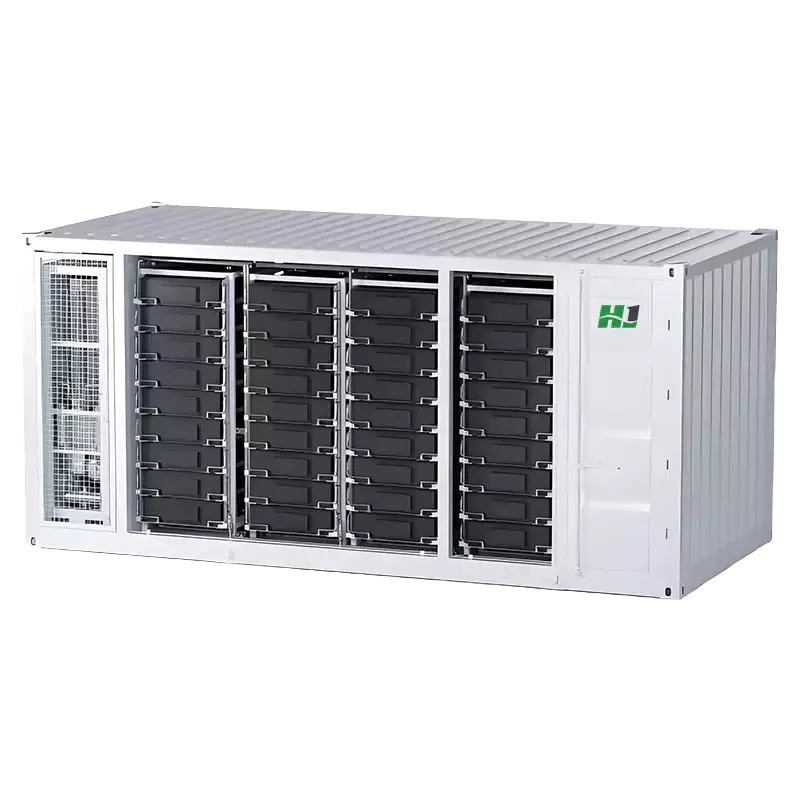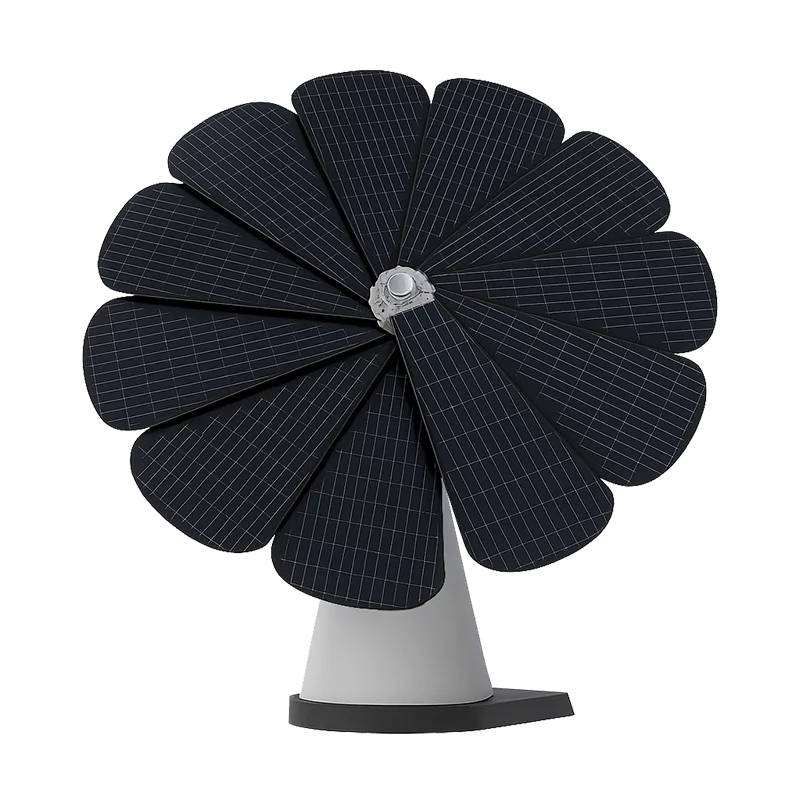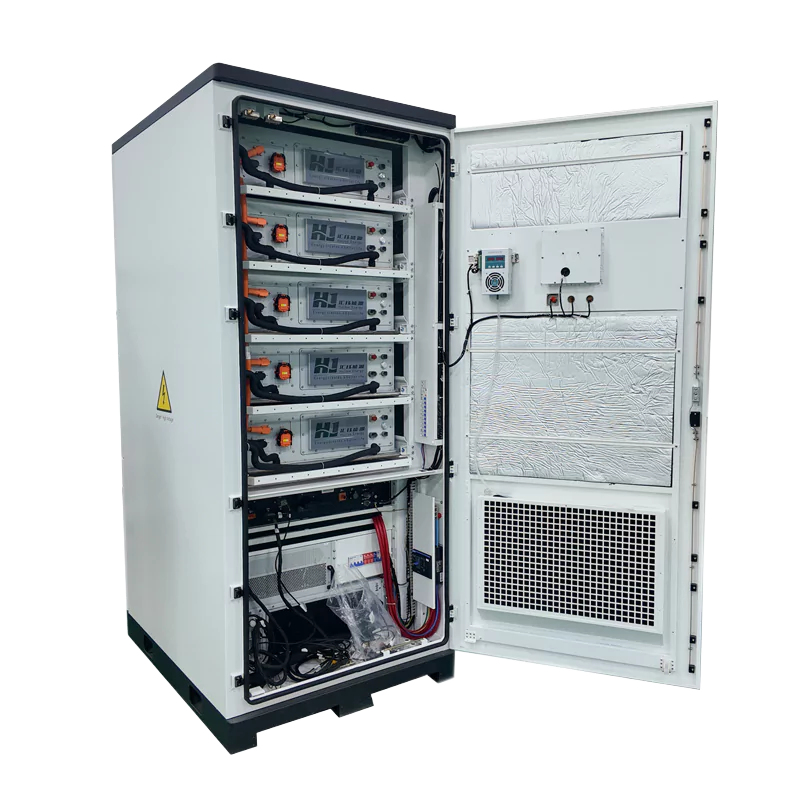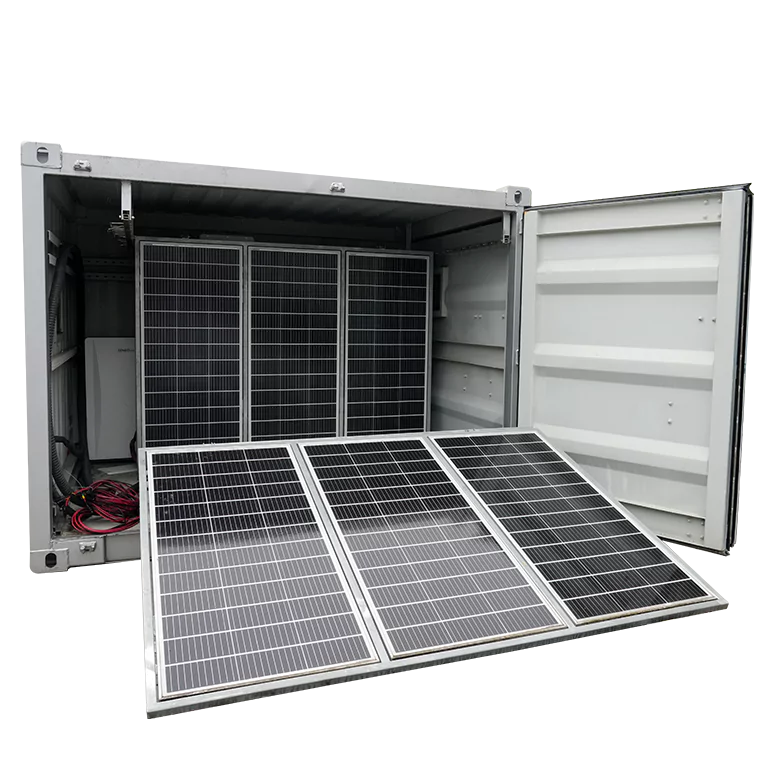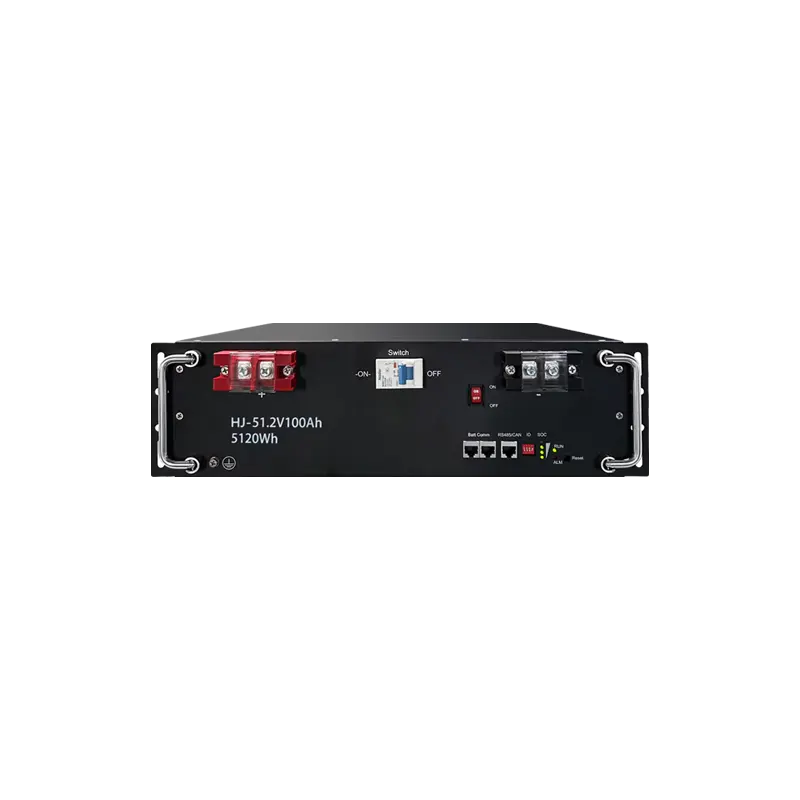Understanding Solar-Powered Site Energy Container Price: What You Need to Know
If you’re looking at setting up a temporary energy solution for your construction site, outdoor event, or remote location, you probably came across the term solar-powered site energy container. They are these self-contained units that combine solar panels, batteries, and sometimes even inverters, all inside a container that can be shipped and placed wherever you need. But one thing everyone always asks first is: what about the price? Well, that’s what we’ll try to break down here, in a way that’s easy to get, without making it too technical.
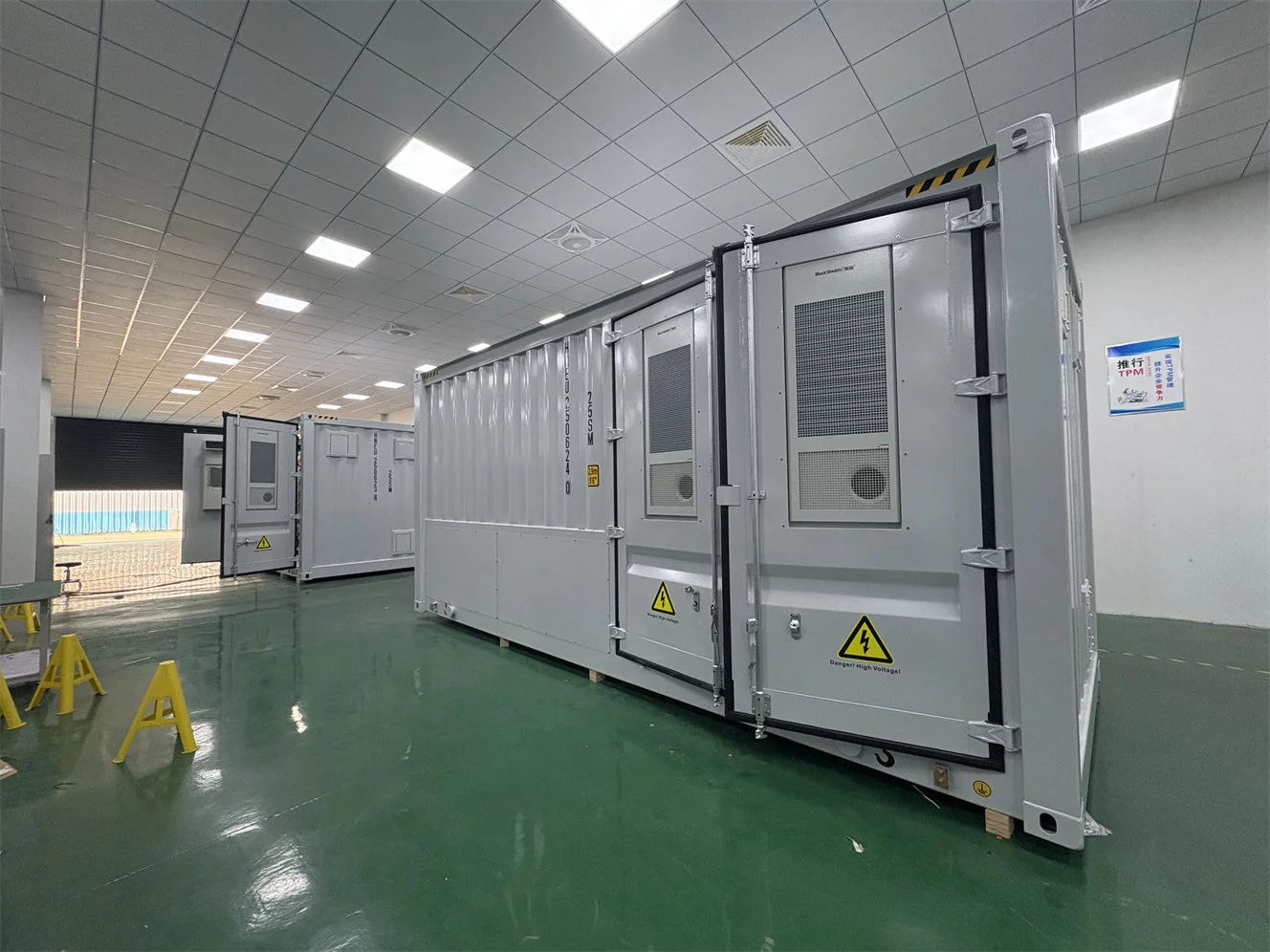
First off, let’s get this straight—there isn’t a single, fixed number for a solar-powered site energy container price. It really depends on a few big factors, and sometimes people get surprised when they see quotes. You could see prices ranging from tens of thousands of dollars for a small unit to hundreds of thousands for a large, high-capacity one. And that’s because not all containers are made the same.
The first factor that influences price is, obviously, the size and capacity. A container that can store and provide 50 kWh is going to cost a lot less than a 500 kWh unit. It’s simple math in some ways—more batteries, more solar panels, more equipment equals higher price. But it’s not just the raw capacity. The quality of the batteries matters too. If the unit uses high-end lithium batteries, expect to pay more. Some containers use standard lead-acid batteries, which are cheaper but heavier and have shorter life spans. So, if you want reliability and long-term usage, that’s going to show in the solar-powered site energy container price.
Another factor is the solar panel efficiency and type. There are monocrystalline panels, polycrystalline panels, and now even bifacial panels that can capture sunlight on both sides. Better panels usually mean more energy output per square meter, but also higher cost. Some containers come with tracking systems that adjust the panels toward the sun, which adds to the price as well. People often forget to include this in their budgeting, and then wonder why one quote is higher than another. So, panel type and technology definitely play a role.
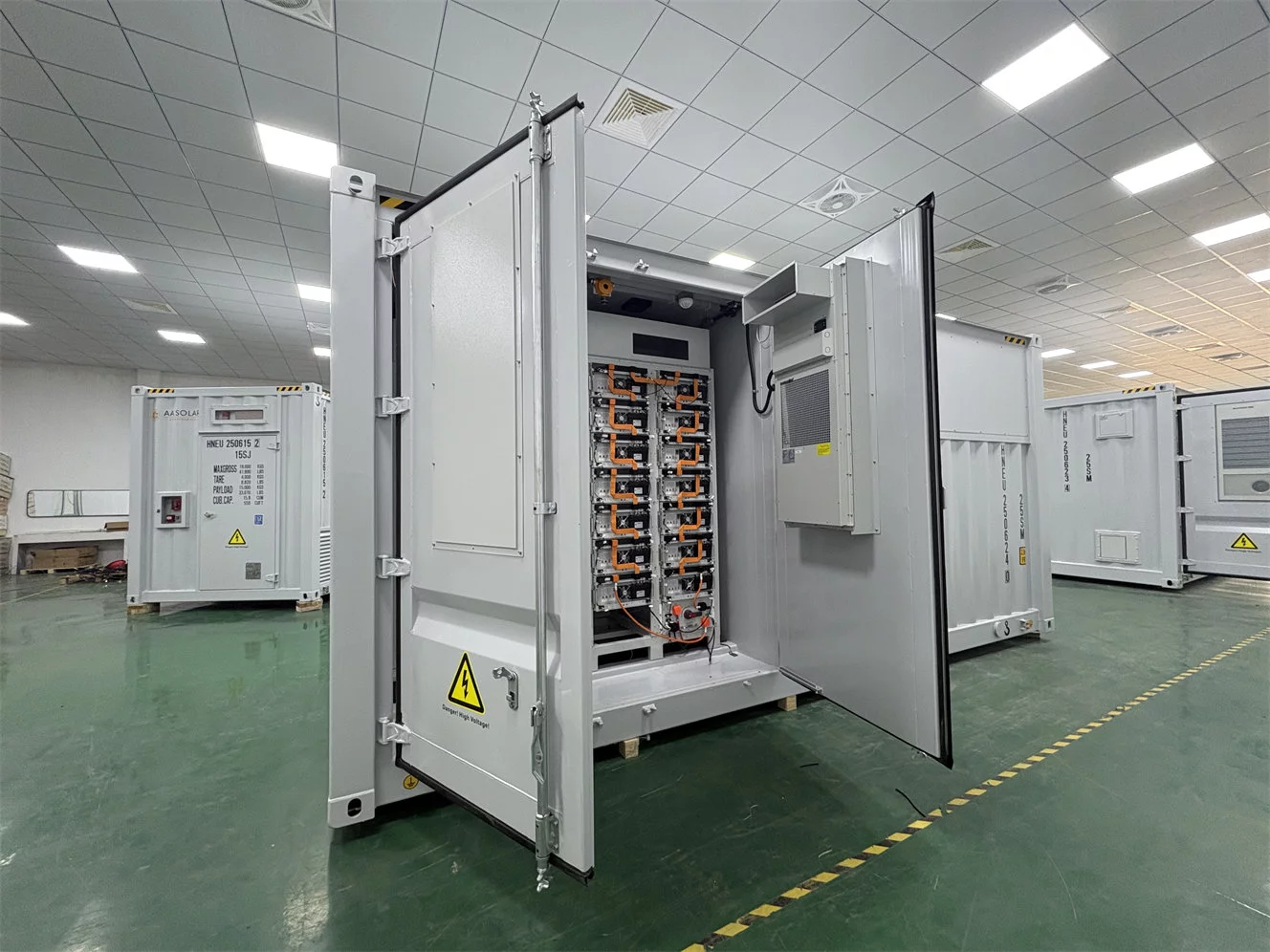
You also have to think about additional features. Many modern containers come with smart energy management systems, remote monitoring, or even hybrid capability, where you can hook up a generator if sunlight isn’t enough. These things add convenience and flexibility but again, raise the price. If a supplier quotes a basic container versus a fully loaded one, the difference can be huge. So when comparing solar-powered site energy container price, make sure you know what’s included and what’s extra.
Shipping and installation are other hidden costs. A container isn’t just dropped from a truck. You might need a crane, a solid foundation, or even permits in some regions. Some companies include this in the price, others don’t. So when budgeting, don’t just think about the container itself. Logistics can add several thousand dollars, especially if you’re shipping internationally. It’s easy to miss this if you’re just looking at the unit’s sticker price.
Maintenance and lifetime costs are also worth mentioning. A cheap container might seem attractive, but if the batteries need replacement every few years or the solar panels degrade faster, the long-term cost could be higher. So sometimes paying more upfront for a reliable container actually saves money over the years. In other words, don’t focus only on the initial solar-powered site energy container price; think long-term.
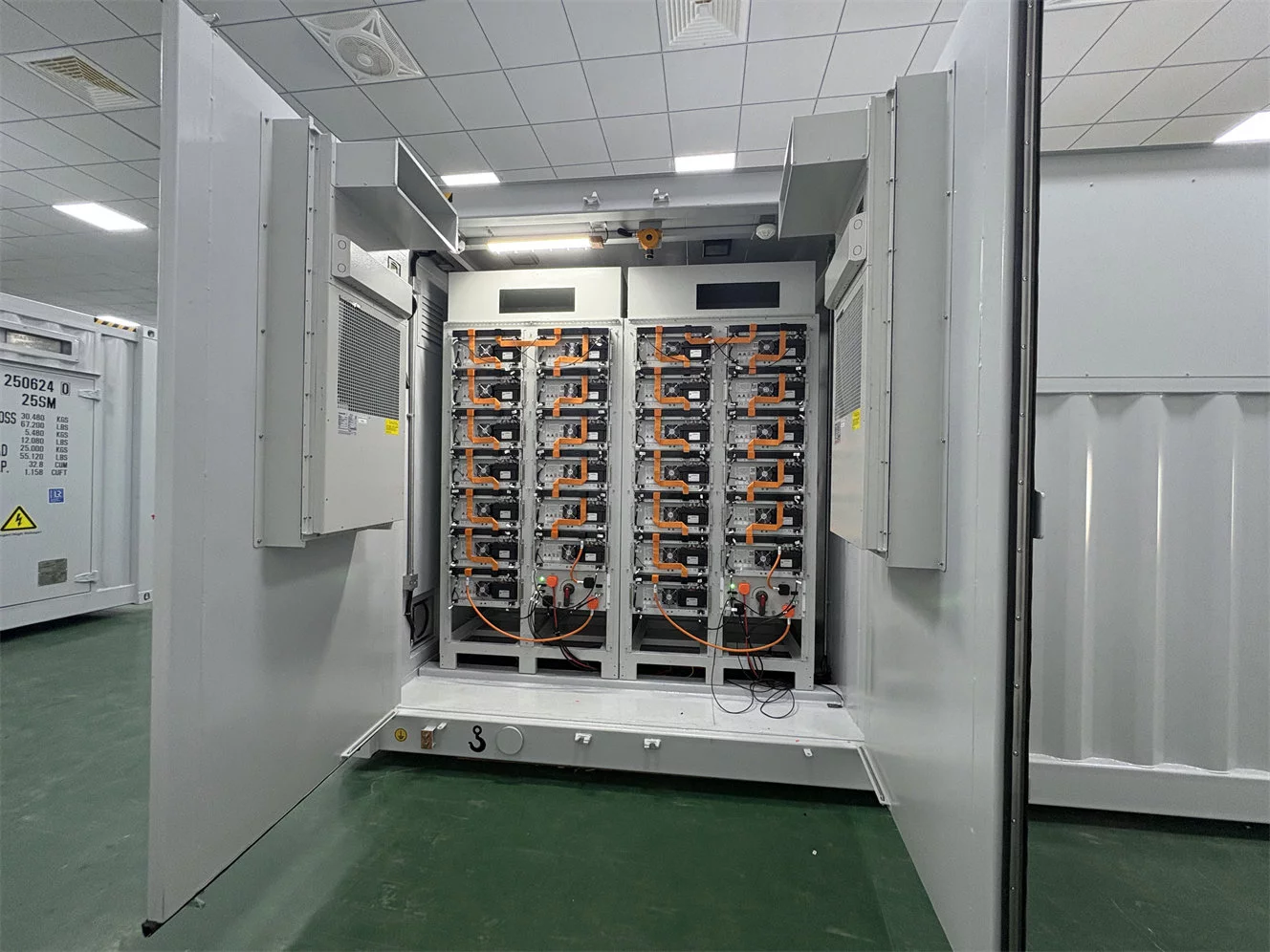
Another thing to consider is the market region. Prices can vary a lot depending on where you buy. In some countries, solar tech is heavily subsidized, which can lower the cost. In others, import taxes or shipping costs push prices higher. Currency fluctuations also play a part if you’re buying from abroad. It’s a lot of little details that can add up and change the total price significantly.
Finally, remember that the price can sometimes be negotiable. Suppliers might offer discounts for bulk orders, repeat customers, or even just during certain seasons. It never hurts to ask. And sometimes a slightly more expensive container could offer features or quality that make it worth it. When people focus too much on price alone, they can end up regretting it later.
So, what’s the takeaway? Solar-powered site energy container price isn’t a single number. It’s a mix of capacity, battery type, solar panel quality, extra features, shipping, installation, and even location. When you’re budgeting for a container, think of it as a long-term investment in energy reliability, not just a one-time purchase. Compare different suppliers carefully, check what’s included, and consider lifetime costs, not just the upfront price. That way, you get a container that meets your needs without breaking the bank, and you won’t be surprised by hidden costs down the road.
In the end, yes, it might feel complicated, but it’s really all about knowing what you need and understanding what you’re paying for. And once you get a container in place, you’ll probably find it’s one of the most convenient and eco-friendly solutions for powering your remote site, event, or project. The price might seem high at first glance, but when you think about reliability, mobility, and clean energy, it’s often worth every penny.
Find Your Solar + Battery Storage Specialist Now!
* Fill out this form and our experts will help you find the perfect solar storage solution for your home or business.


